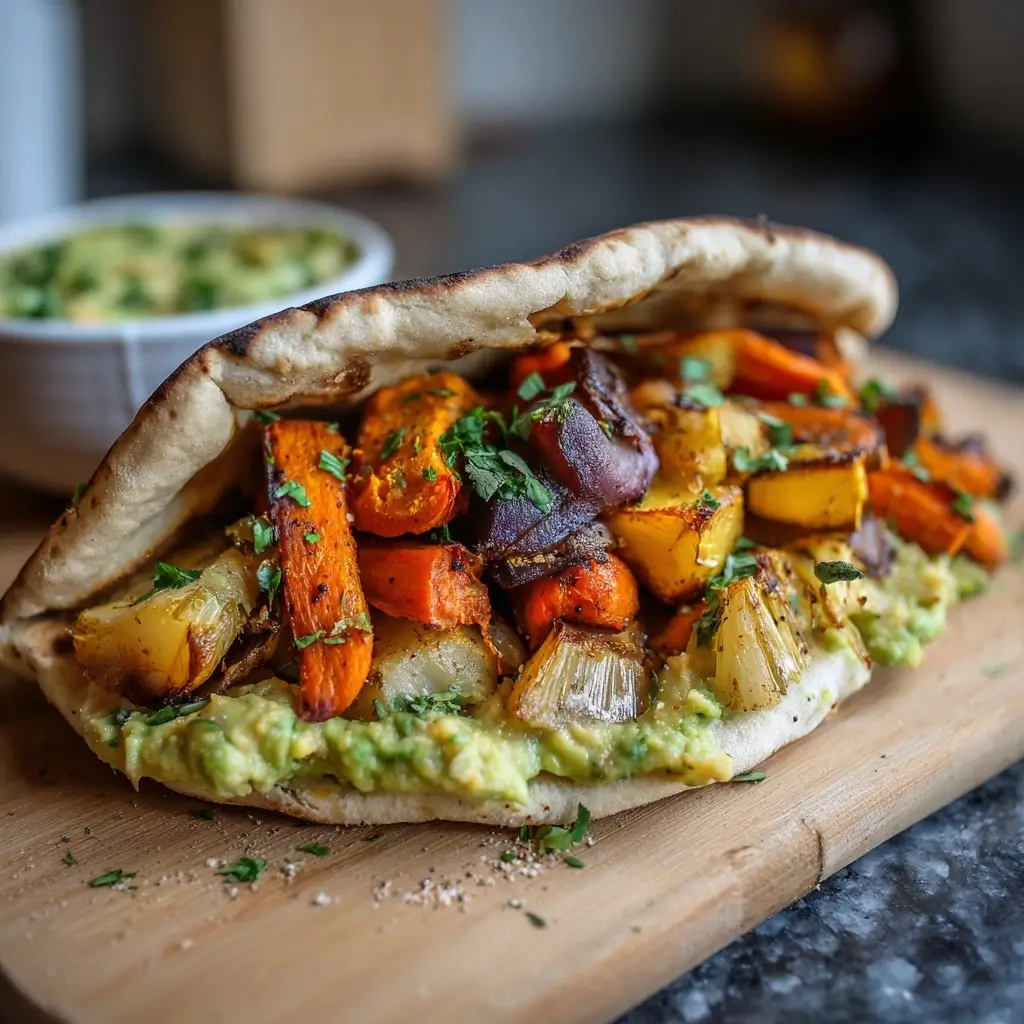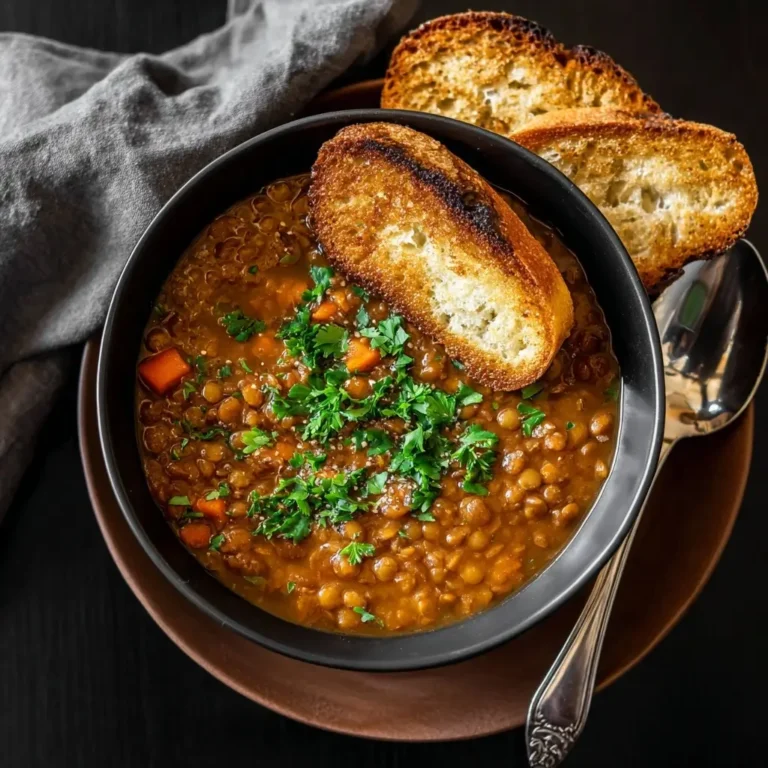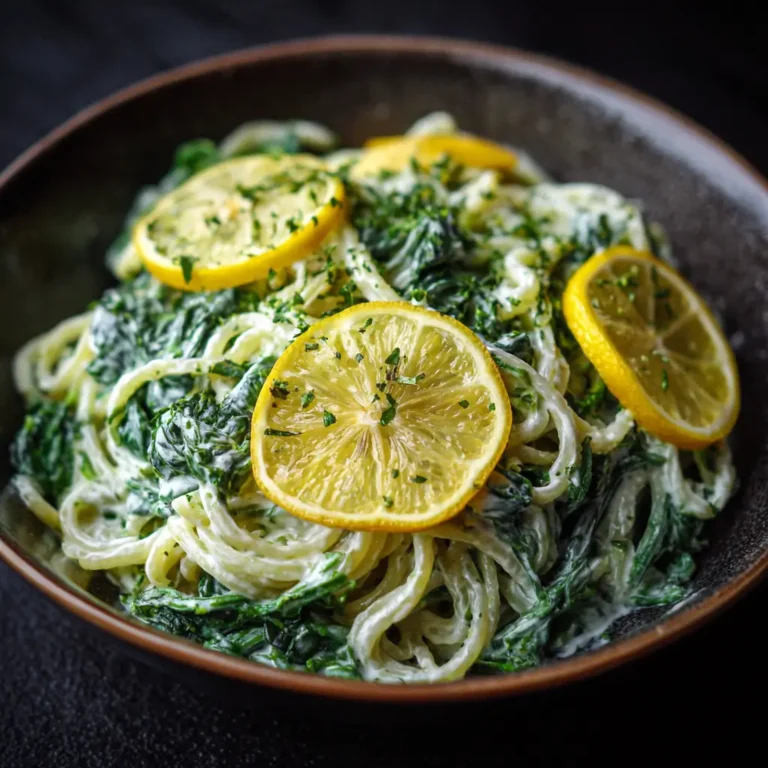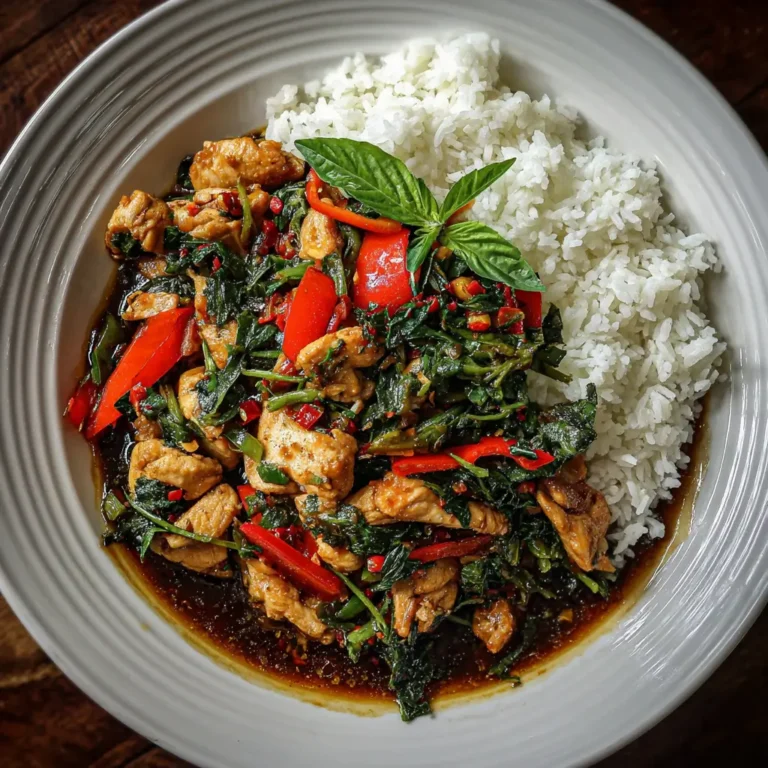Roasted Veggie Pita with Avocado Dip
Roasted Veggie Pita with Avocado Dip: A Flavorful, Nutritious Delight
If you’re searching for a meal that’s as vibrant as it is nutritious, look no further than the Roasted Veggie Pita with Avocado Dip. This wholesome dish combines the earthy sweetness of roasted vegetables tucked into a soft pita pocket, paired perfectly with a creamy, zesty avocado dip that brings everything together. Whether you’re enjoying it as a quick lunch, post-workout snack, or light dinner, this recipe delivers bold flavors and satisfying textures in every bite. It’s plant-powered, easy to customize, and perfect for meal prepping—making it a favorite among health-conscious food lovers and busy professionals alike.
The History of Roasted Vegetables and Pita Bread
The concept of roasting vegetables dates back thousands of years, with ancient civilizations using open flames and hot stones to enhance the natural sugars and deepen the flavors of root vegetables, squash, and greens. Roasting not only preserves nutrients but also creates a rich, caramelized exterior that elevates simple produce into something extraordinary. Pita bread, on the other hand, has its roots in the Middle East, where it has been a staple for centuries. Its unique pocket structure made it ideal for stuffing with meats, cheeses, herbs, and vegetables—giving rise to iconic dishes like falafel and shawarma.
The fusion of roasted veggies with pita pockets emerged more recently as part of the global embrace of Mediterranean and plant-forward diets. As people sought healthier, meatless alternatives without sacrificing flavor, chefs and home cooks began experimenting with hearty roasted vegetables as fillings. The addition of avocado-based dips—a modern twist inspired by Latin American cuisine—added creaminess and healthy fats, creating a balanced, globally influenced dish that honors tradition while embracing contemporary wellness trends.
Ingredients Breakdown: What Makes This Dish Shine?
The beauty of the Roasted Veggie Pita with Avocado Dip lies in its simplicity and nutrient density. Each ingredient is chosen not just for taste, but for its contribution to overall health and texture.
- Assorted Vegetables: Typically include bell peppers (red, yellow, orange), zucchini, red onion, cherry tomatoes, eggplant, and mushrooms. These are rich in antioxidants, fiber, and essential vitamins like A, C, and K.
- Olive Oil: Used to coat the vegetables before roasting, olive oil enhances browning and adds heart-healthy monounsaturated fats that support cardiovascular function.
- Garlic & Herbs: Fresh garlic, dried oregano, thyme, and rosemary infuse the veggies with aromatic depth and offer anti-inflammatory benefits.
- Pita Bread: Opt for whole wheat or sprouted grain pitas for added fiber and complex carbohydrates that provide sustained energy.
- Avocado: The star of the dip, avocados contribute creamy texture and are packed with potassium, folate, and beneficial omega-9 fatty acids.
- Lime Juice: Adds brightness and helps prevent the avocado from browning while boosting vitamin C content.
- Plain Greek Yogurt (or dairy-free alternative): Blended into the dip for tanginess and protein; use coconut yogurt for a vegan version.
- Seasonings: Salt, black pepper, cumin, and a pinch of cayenne lend warmth and complexity without overpowering the fresh ingredients.
Together, these components create a harmonious blend of flavors and textures—crisp-tender veggies, soft pita, and a luxuriously smooth avocado dip that cools and complements the roasted elements.
Step-by-Step Recipe: How to Make Roasted Veggie Pita with Avocado Dip
Follow this detailed guide to craft a delicious, restaurant-quality meal at home.
Part 1: Roasting the Vegetables
- Preheat Oven: Set your oven to 425°F (220°C). Line two large baking sheets with parchment paper or silicone mats to prevent sticking and ease cleanup.
- Prepare Vegetables: Wash and dry all vegetables thoroughly. Cut bell peppers into thin strips, slice zucchini and eggplant into half-moons (about ½ inch thick), halve cherry tomatoes, and cut red onion into wedges. Keep pieces uniform for even cooking.
- Toss with Seasonings: In a large bowl, combine the chopped vegetables. Drizzle with 3 tablespoons of extra virgin olive oil, 3 minced garlic cloves, 1 teaspoon dried oregano, ½ teaspoon dried thyme, ½ teaspoon salt, and ¼ teaspoon black pepper. Toss well until evenly coated.
- Spread on Baking Sheets: Arrange the vegetables in a single layer across both trays, ensuring they aren’t overcrowded. Overcrowding leads to steaming instead of roasting, resulting in soggy veggies.
- Raise and Roast: Place in the preheated oven and roast for 25–30 minutes, flipping halfway through with a spatula. Vegetables should be tender with golden-brown edges. Remove when fragrant and slightly caramelized.
- Cool Slightly: Let the roasted veggies sit for 5 minutes before assembling to avoid melting the pita or making it too soft.
Part 2: Making the Avocado Dip
- Gather Ingredients: You’ll need 2 ripe avocados, juice of 1 lime (about 2 tablespoons), ½ cup plain Greek yogurt (or non-dairy substitute), 1 small garlic clove (minced), 2 tablespoons chopped fresh cilantro or parsley, ½ teaspoon ground cumin, ¼ teaspoon salt, and a pinch of cayenne (optional).
- Blend or Mash: In a food processor, pulse all ingredients until smooth. For a chunkier texture, mash by hand with a fork.
- Taste and Adjust: Add more lime juice for tang, salt for balance, or cumin for smokiness. If too thick, add 1–2 teaspoons of water or olive oil to loosen.
- Chill (Optional): Cover and refrigerate for 20–30 minutes to allow flavors to meld and serve cold, or use immediately.
Part 3: Assembling the Pitas
- Warm Pitas: Lightly toast the pita bread in a toaster oven, skillet, or microwave for 20 seconds to make them pliable and warm.
- Open the Pocket: Carefully slice along the top edge of each pita to open the pocket. Gently separate the layers inside to create more space for filling.
- Fill Generously: Using tongs or a spoon, stuff each pita with a mix of roasted vegetables. Don’t overfill—aim for about ¾ cup per pita.
- Add the Dip: Spoon 2–3 tablespoons of avocado dip directly into the pita or serve it on the side as a spread or dipping sauce.
- Garnish (Optional): Top with crumbled feta cheese, microgreens, sunflower seeds, or a drizzle of tahini for extra flair.
- Serve Immediately: Enjoy while warm for the best flavor and texture contrast.
Pro Tips for Perfect Results Every Time
- Choose Ripe But Firm Veggies: Overripe vegetables can become mushy when roasted. Look for firm, brightly colored produce with minimal blemishes.
- Don’t Skip the Flip: Turning the veggies halfway ensures even browning and prevents burning on one side.
- Use High Heat: Roasting at 425°F or higher triggers the Maillard reaction, which creates rich, savory notes through caramelization.
- Uniform Cutting = Even Cooking: Aim for consistent sizes so that no vegetable finishes too early or remains undercooked.
- Prevent Avocado Browning: The lime juice in the dip slows oxidation, but for longer storage, press plastic wrap directly onto the surface of the dip before refrigerating.
- Make Ahead Smartly: Roast veggies and prepare the dip up to 2 days in advance. Store separately in airtight containers. Reheat veggies gently before serving.
- Toast Pitas Just Before Serving: This prevents sogginess and improves structural integrity when stuffed.
- Double the Dip: The avocado sauce is incredibly versatile—great on toast, sandwiches, salads, or as a veggie platter accompaniment.
Variations and Customizations: Make It Your Own
This recipe is highly adaptable to suit dietary preferences, seasonal produce, and cultural influences.
- Vegan Version: Use dairy-free yogurt or omit it entirely (replace with soaked cashews blended with lemon juice for creaminess). Skip feta garnish or use a plant-based alternative.
- Gluten-Free Option: Substitute pita with gluten-free flatbread, lettuce wraps, or serve the roasted veggies over quinoa or brown rice as a bowl.
- Protein Boost: Add grilled chickpeas, marinated tofu, tempeh, shredded chicken, or hard-boiled eggs inside the pita for increased satiety.
- Mediterranean Twist: Include kalamata olives, artichoke hearts, and crumbled feta. Swap avocado dip for tzatziki.
- Mexican-Inspired: Add black beans, corn, jalapeños, and cilantro-lime rice. Use the avocado dip as guacamole and sprinkle with cotija cheese.
- Spice It Up: Add harissa paste to the veggies before roasting or mix sriracha into the dip for heat.
- Low-Carb/Keto-Friendly: Serve the roasted vegetables in lettuce cups or portobello mushroom “buns” and increase healthy fats with extra avocado or olive oil.
- Kid-Friendly: Dice veggies smaller and let kids assemble their own pitas. Offer the dip as a fun, colorful sauce for dipping.
Health Considerations and Nutritional Value
The Roasted Veggie Pita with Avocado Dip isn’t just tasty—it’s a powerhouse of nutrition designed to fuel your body and support long-term wellness.
- Fiber-Rich: Whole vegetables and whole grain pita promote digestive health, stabilize blood sugar, and keep you feeling full longer.
- Heart-Healthy Fats: Avocado and olive oil provide monounsaturated fats that help lower LDL cholesterol and reduce inflammation.
- Antioxidant Powerhouse: Colorful vegetables deliver a spectrum of phytonutrients—like lycopene in tomatoes, beta-carotene in peppers, and anthocyanins in onions—that combat oxidative stress.
- Low in Added Sugar: Unlike many store-bought dips or processed meals, this recipe relies on natural sweetness from roasted veggies and citrus, minimizing refined sugars.
- Supports Weight Management: High volume, low-calorie density means you can eat a satisfying portion without excess calories.
- Rich in Vitamins & Minerals: Key nutrients include vitamin C (immune support), vitamin K (bone health), potassium (blood pressure regulation), and folate (cellular function).
- Considerations: Be mindful of sodium if adding salty cheeses or store-bought seasoned yogurts. Those with latex-fruit syndrome may react to avocado due to cross-reactivity. Always consult a healthcare provider if managing specific conditions like IBS, kidney disease, or food allergies.
Nutrition Estimate (per serving, assuming 1 pita + ¾ cup veggies + 3 tbsp dip):
Calories: ~380 | Protein: 10g | Fat: 18g (mostly unsaturated) | Carbohydrates: 48g | Fiber: 12g | Sugar: 10g (natural) | Sodium: 500mg
Full Ingredient List
For Roasted Vegetables:
- 1 red bell pepper, sliced
- 1 yellow bell pepper, sliced
- 1 medium zucchini, sliced into half-circles
- 1 small eggplant, cubed
- 1 red onion, cut into wedges
- 1 cup cherry tomatoes, halved
- 3 cloves garlic, minced
- 3 tbsp extra virgin olive oil
- 1 tsp dried oregano
- ½ tsp dried thyme
- ½ tsp sea salt
- ¼ tsp black pepper
For Avocado Dip:
- 2 ripe avocados
- Juice of 1 lime (approx. 2 tbsp)
- ½ cup plain Greek yogurt (or dairy-free yogurt)
- 1 small garlic clove, minced
- 2 tbsp fresh cilantro or parsley, chopped
- ½ tsp ground cumin
- ¼ tsp salt
- Pinch of cayenne pepper (optional)
- 1–2 tsp water or olive oil (to adjust consistency)
For Assembly:
- 4 whole wheat pita pockets
- Optional garnishes: crumbled feta, sunflower seeds, microgreens, tahini drizzle, hot sauce
Detailed Directions
- Preheat Oven: Turn oven to 425°F (220°C). Line two large baking sheets with parchment paper.
- Chop Vegetables: Prepare all vegetables as specified, aiming for even-sized pieces.
- Season & Coat: In a large mixing bowl, combine vegetables, olive oil, garlic, oregano, thyme, salt, and pepper. Toss until fully coated.
- Arrange on Sheets: Spread mixture evenly across both baking sheets in a single layer.
- Roast: Bake for 25–30 minutes, flipping halfway, until tender and caramelized. Remove and let cool slightly.
- Make Dip: In a blender or bowl, combine avocados, lime juice, yogurt, garlic, cilantro, cumin, salt, and cayenne. Blend or mash until smooth. Adjust seasoning and consistency.
- Warm Pitas: Lightly toast pitas until warm and flexible.
- Assemble: Open each pita pocket and fill with roasted vegetables. Add 2–3 tablespoons of avocado dip. Garnish if desired.
- Serve: Enjoy immediately with extra dip on the side.
Frequently Asked Questions (FAQ)
Q: Can I make this ahead of time?
A: Yes! Roast the vegetables and prepare the dip up to 2 days in advance. Store separately in airtight containers in the fridge. Reheat veggies before assembling, and stir the dip well before serving.
Q: How do I keep the avocado dip from turning brown?
A: Lime juice helps slow oxidation. For best results, press plastic wrap directly onto the surface of the dip and minimize air exposure. Consume within 1–2 days.
Q: Can I freeze this dish?
A: It’s not recommended. Roasted veggies become watery when thawed, and avocado does not freeze well due to texture changes.
Q: What can I use instead of pita bread?
A: Try whole grain wraps, naan, tortillas, or serve as a salad or grain bowl. For low-carb options, use lettuce cups or roasted portobello caps.
Q: Is this recipe suitable for weight loss?
A: Absolutely. It’s high in fiber and healthy fats, which promote fullness. Just monitor portion sizes and avoid high-calorie garnishes like excessive cheese or oils.
Q: Can I add meat?
A: Yes! Grilled chicken, turkey, or salmon pairs beautifully. For a vegetarian protein boost, add hummus, lentils, or chickpeas.
Q: Why are my roasted vegetables soggy?
A: Likely causes include overcrowding the pan, using too much oil, or roasting at too low a temperature. Ensure space between pieces and use high heat.
Q: Can I use frozen vegetables?
A: Not recommended. Frozen veggies release too much moisture and won’t caramelize properly. Always use fresh for roasting.
Summary
The Roasted Veggie Pita with Avocado Dip is a nutrient-dense, flavor-packed meal that celebrates fresh produce and wholesome ingredients. Easy to customize and perfect for any occasion, it’s a delicious way to enjoy plant-based eating without compromise.






